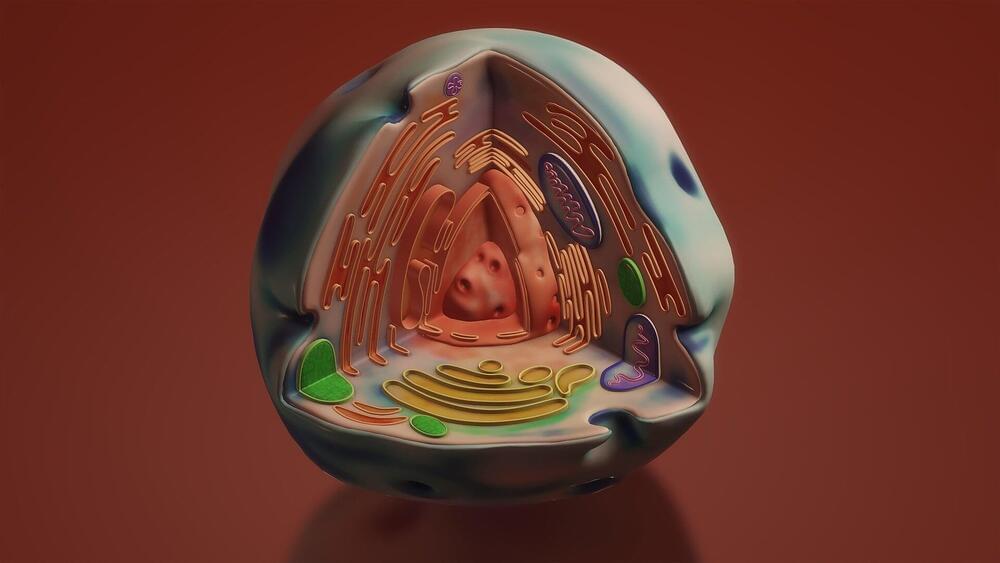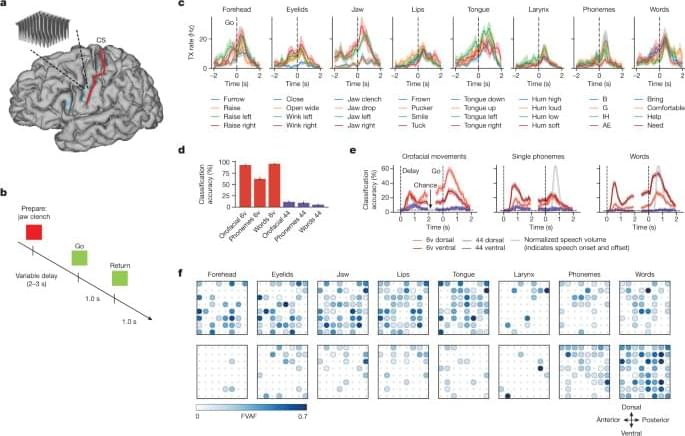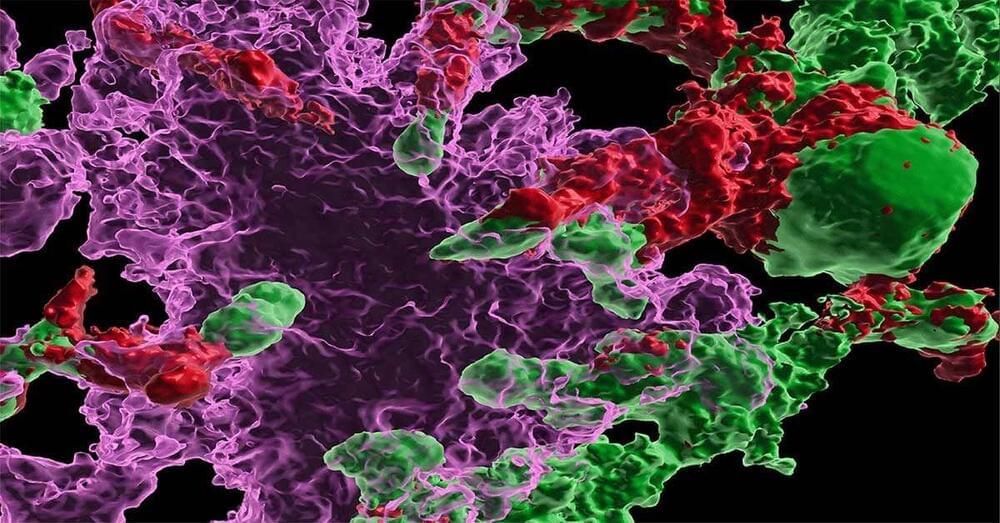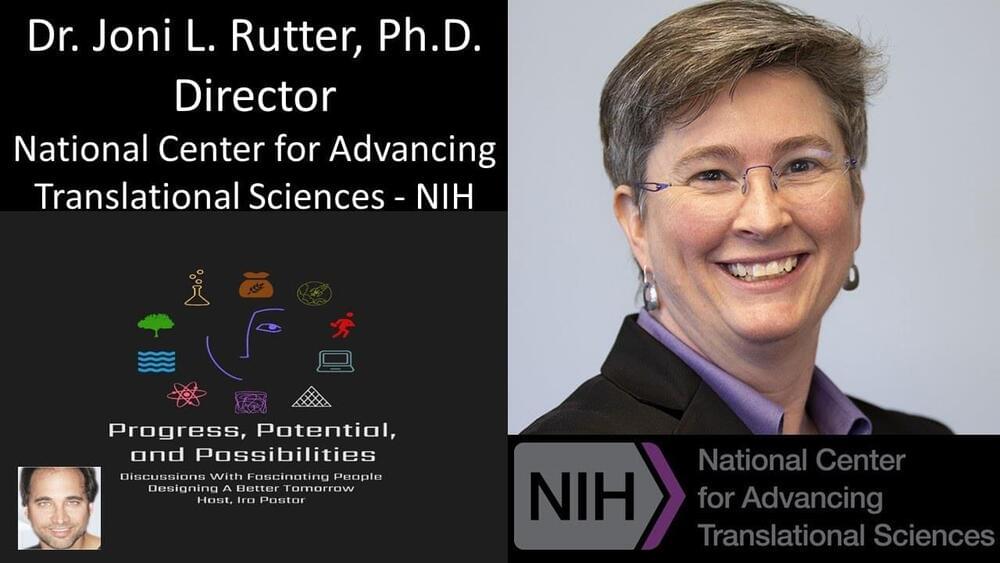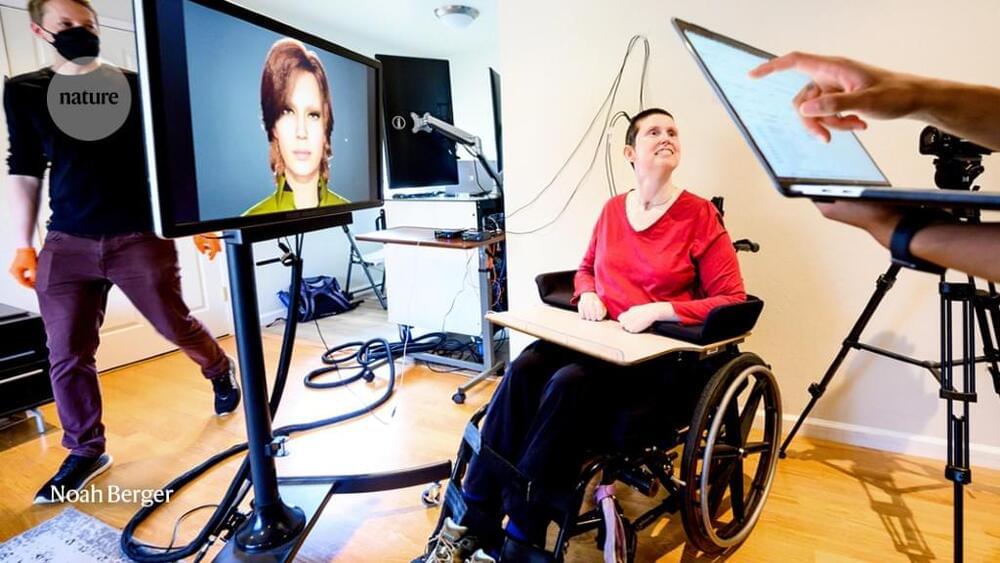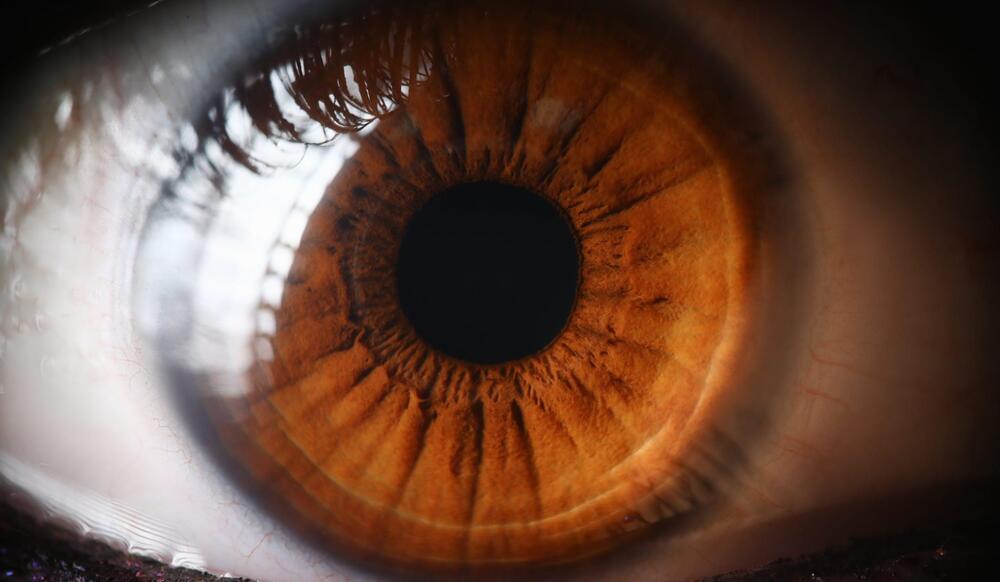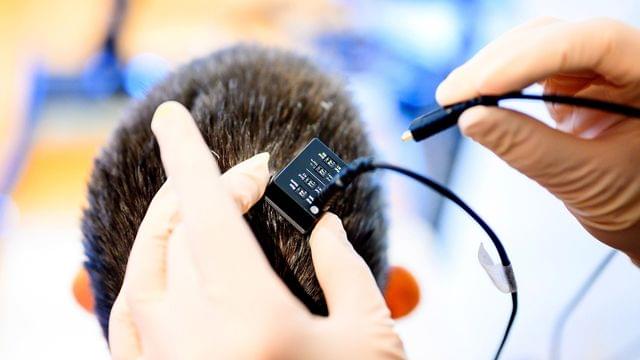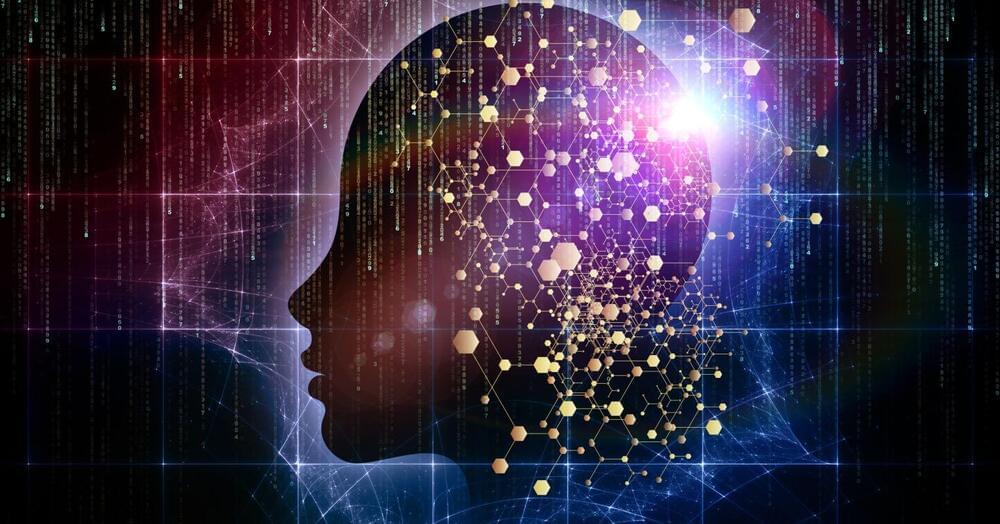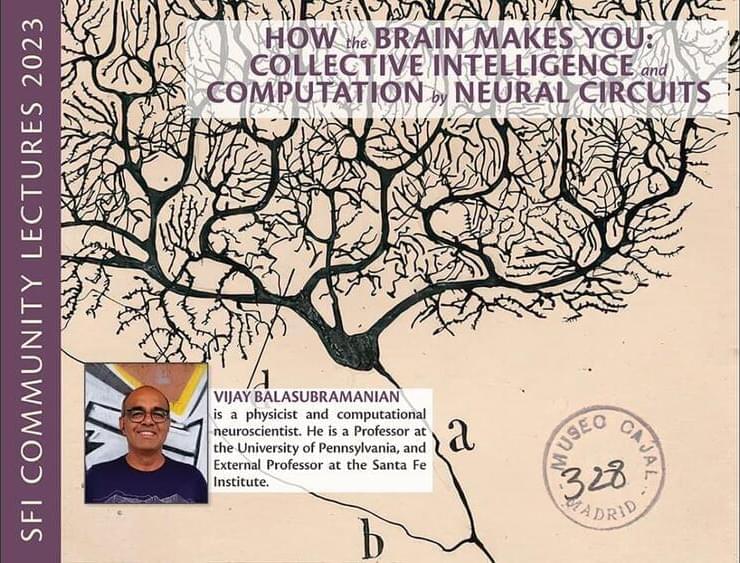Aug 24, 2023
Ubiquitous lognormal distribution of neuron densities in mammalian cerebral cortex
Posted by Dan Breeden in category: neuroscience
Abstract. Numbers of neurons and their spatial variation are fundamental organizational features of the brain. Despite the large corpus of cytoarchitectonic data available in the literature, the statistical distributions of neuron densities within and across brain areas remain largely uncharacterized. Here, we show that neuron densities are compatible with a lognormal distribution across cortical areas in several mammalian species, and find that this also holds true within cortical areas. A minimal model of noisy cell division, in combination with distributed proliferation times, can account for the coexistence of lognormal distributions within and across cortical areas. Our findings uncover a new organizational principle of cortical cytoarchitecture: the ubiquitous lognormal distribution of neuron densities, which adds to a long list of lognormal variables in the brain.

